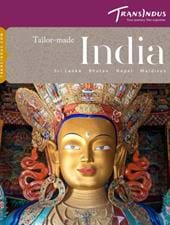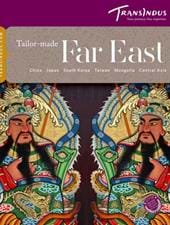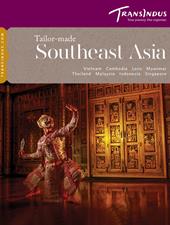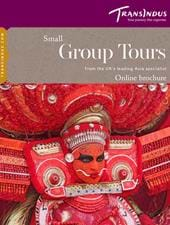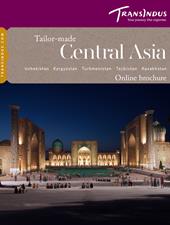Whenever you travel in Rajasthan, chances are your trip will coincide with at least a couple of local festivals. Whether revolving around local temple deities or nation-wide events celebrated the length and breadth of the country, they’ll definitely provide some of the most memorable moments of your holiday. Here are some of our favourites:
Holi
India’s ‘Festival of Colour’, Holi, is celebrated with great enthusiasm in Rajasthan. Large bonfires are burned in public parks on the eve of the festival, and from breakfast time the following morning the sound of drumming in the streets heralds the onset of general mayhem as local youngsters throw bombs of brightly coloured water paint at unwary passers-by. If this all sounds too rowdy, rest assured your TransIndus consultant will be able to suggest more sedate alternatives: traditional havelis and favourite palace hotels of ours where guests are invited to ‘play holi’ in courtyard gardens using more old-fashioned powders, or ‘gulal’. Processions of elaborately decorated camels and elephants are staged by the royal family in Udaipur, along with a spectacular firework display.
Diwali
Rajasthan is a great place to be in the week leading up to Diwali, when the entire state is festooned with fairy lights and decorations. In the run up to the festival, oil lamps (‘diyas’) are lit at homes and businesses as people shop for new clothes and boxes of special sweets in the bazaars. The night of Diwali itself is also marked by fireworks and special pujas dedicated to Laxmi, the Goddess of Wealth and prosperity. Among the great seasonal
spectacles in this part of India is that of Udaipur’s royal palace draped in strings of white lights. Jaipur’s Johari Bazaar is another famous Diwali hot spot: shopkeepers club together to create jazzy illuminations in the market, while fireworks explode from the ramparts of Nahargarh Fort.
Nagaur Fair
Livestock fairs remain an integral part of farming life in Rajasthan. The one held in the dunes outside Pushkar in November is the most popular, but it’s also the most commercialised, attracting more foreign tourists than camel herders these days. For this reason we tend to recommend another, less well-known fair at Nagaur, which takes places later in the season, in Jan-Feb. Around 70,000 bullocks, horses and camels are traded over the course of the five-day market. Alongside it a fun fair provides an opportunity to experience traditional folk music, dance, puppetry, circus and storytelling in their authentic context, as well as livestock decoration and tug-o-wars. Book well ahead and you’ll be able to stay in Nagaur’s exquisitely renovated palace hotel, Ranvas.
World Sacred Spirit Festival
Over ten days in late February, some of the finest traditional musicians and dancers from across the planet gather to perform at two spellbinding venues. The first, the rooftop of Jodhpur’s Mehrangarh Fort; the second, the ornately carved women’s quarters of Nagaur Fort. Whether you’ve a candlelit hareem courtyard or the cuboid expanse of the Blue City as a backdrop, the quality of music is guaranteed to match the splendour of the setting:
expect Qawwali from the Dargahs of Muslim India, the finest troupes of Manganiyar Gypsies from Rajasthan’s desert regions, Gnawa from Morocco, Saidi groups from the Upper Nile, whirling Dervishes from Istanbul, and wandering Baul troubadours from West Bengal.

